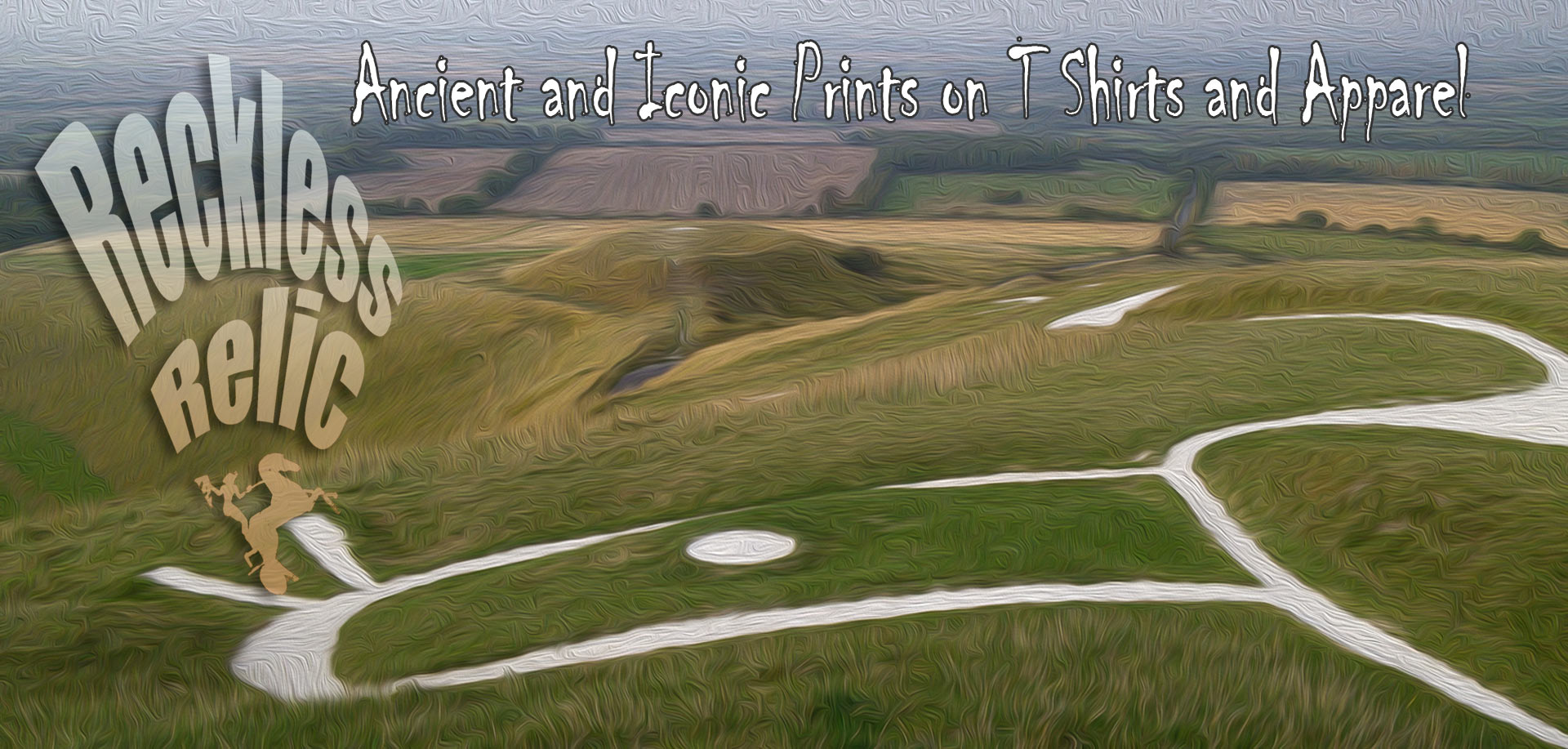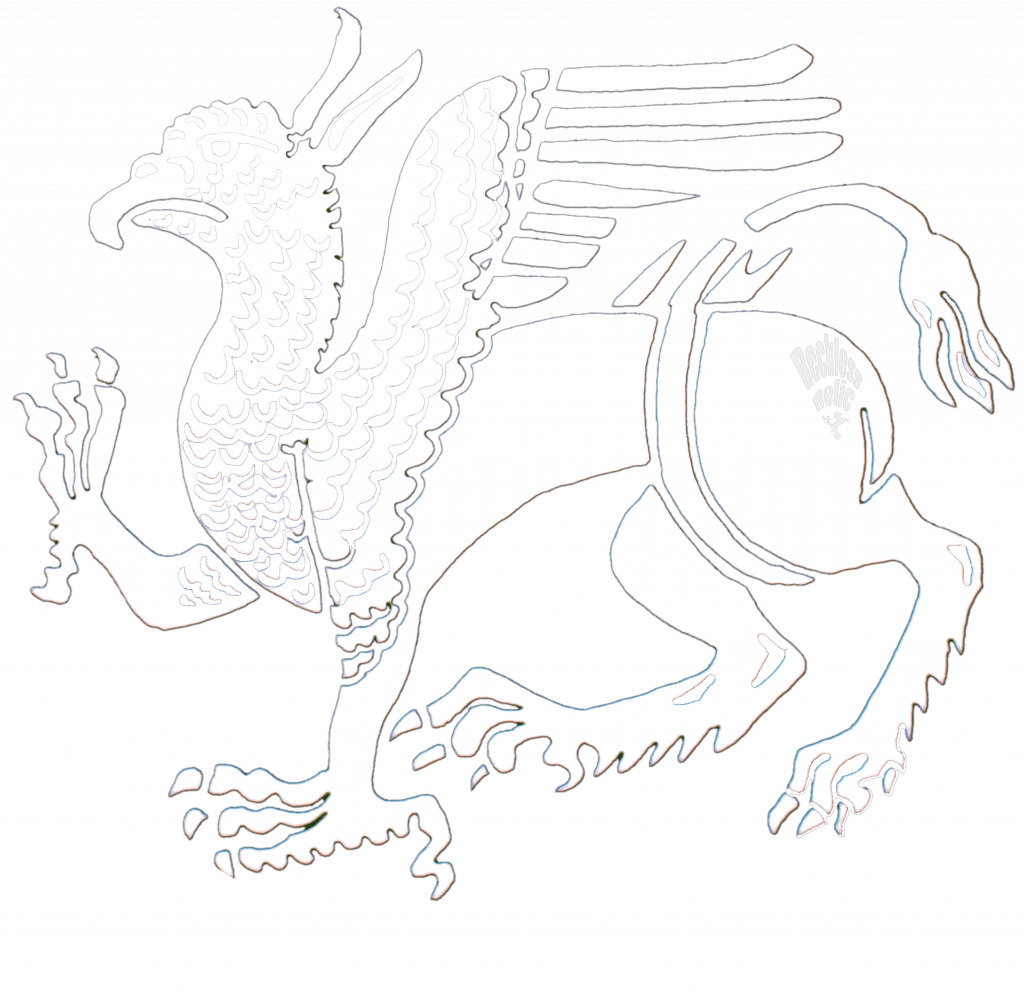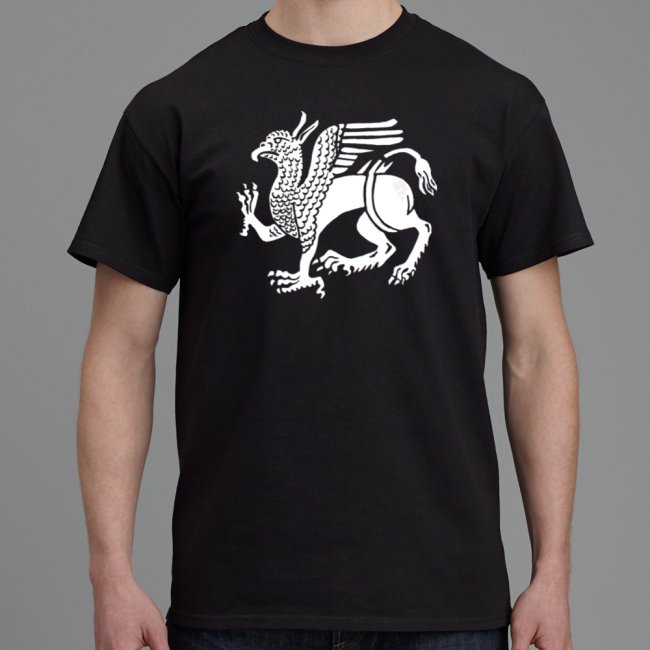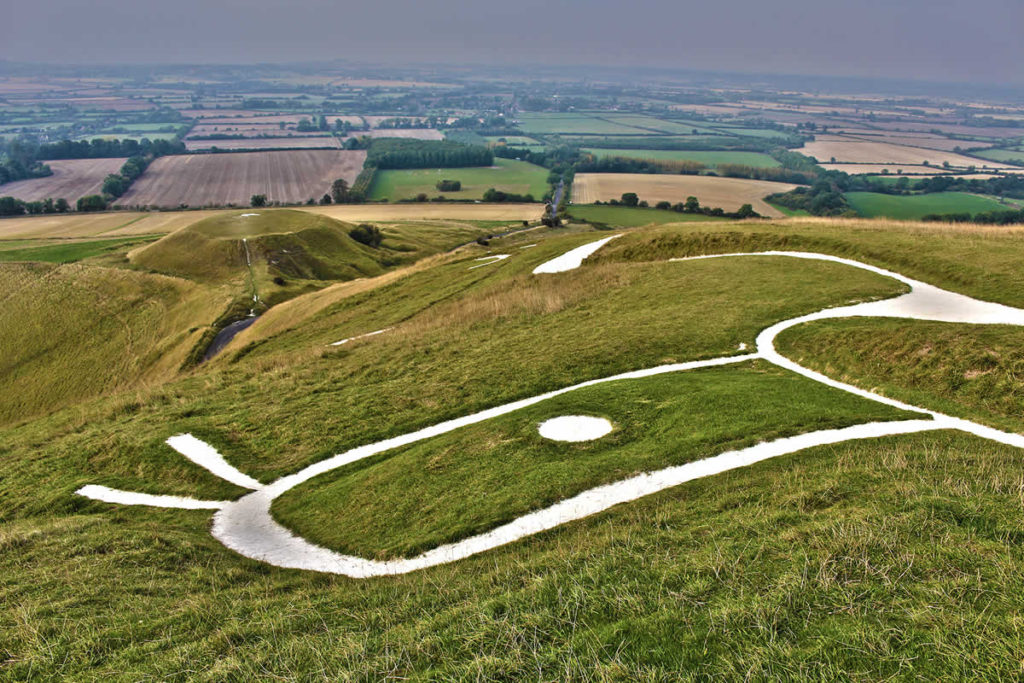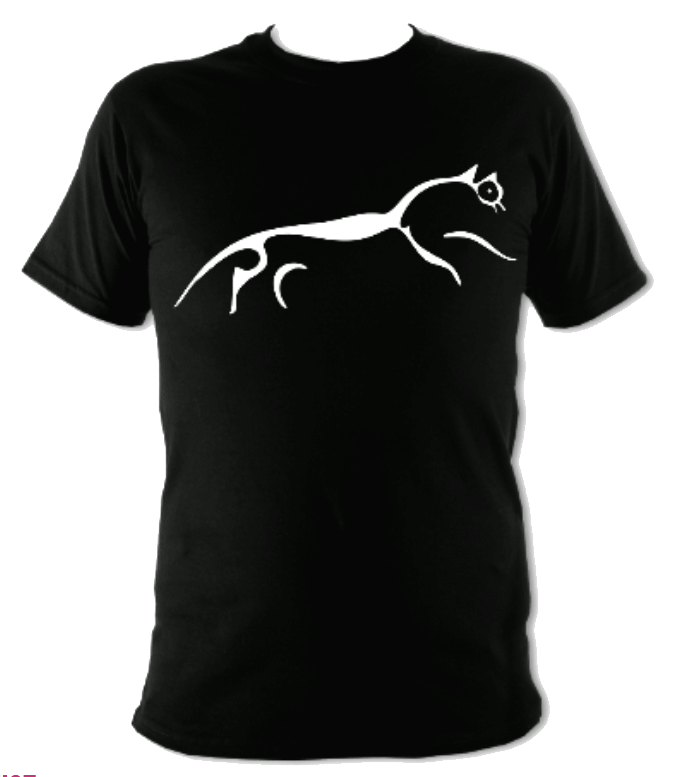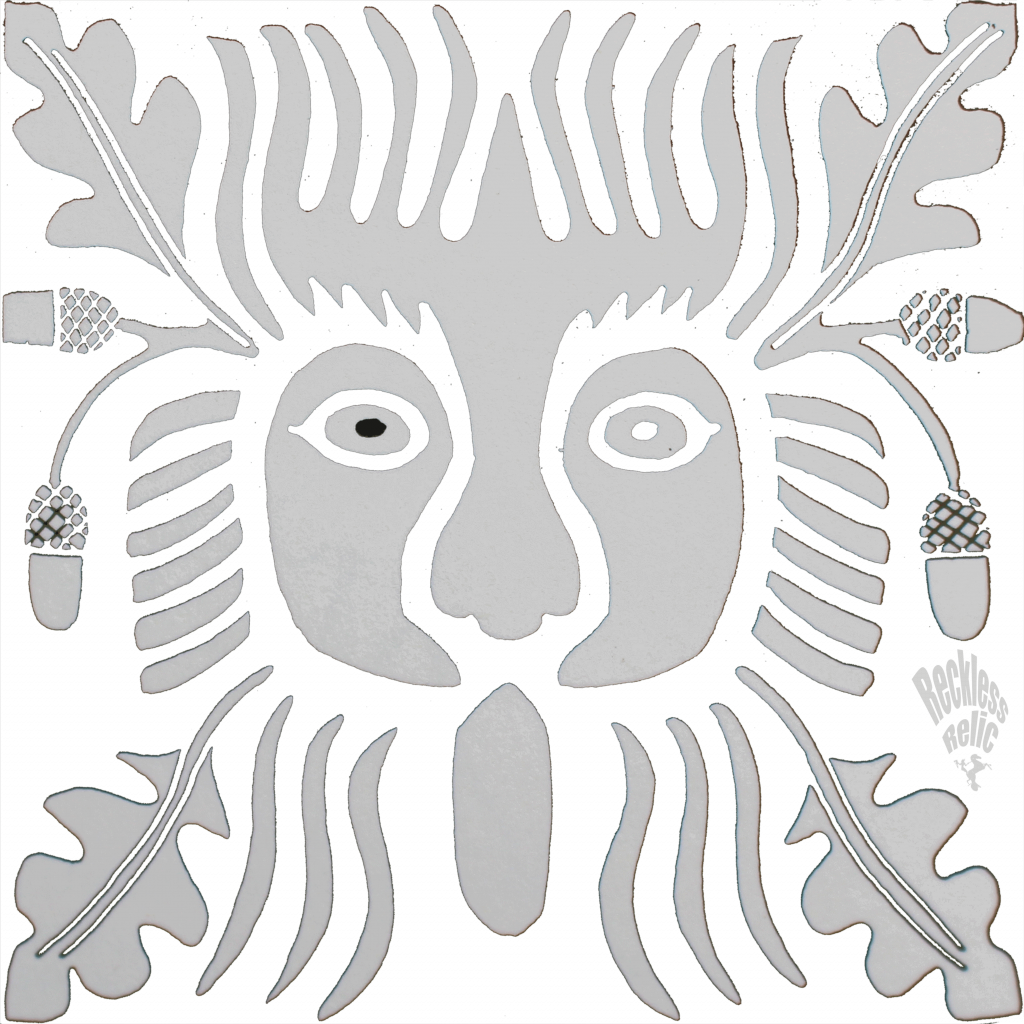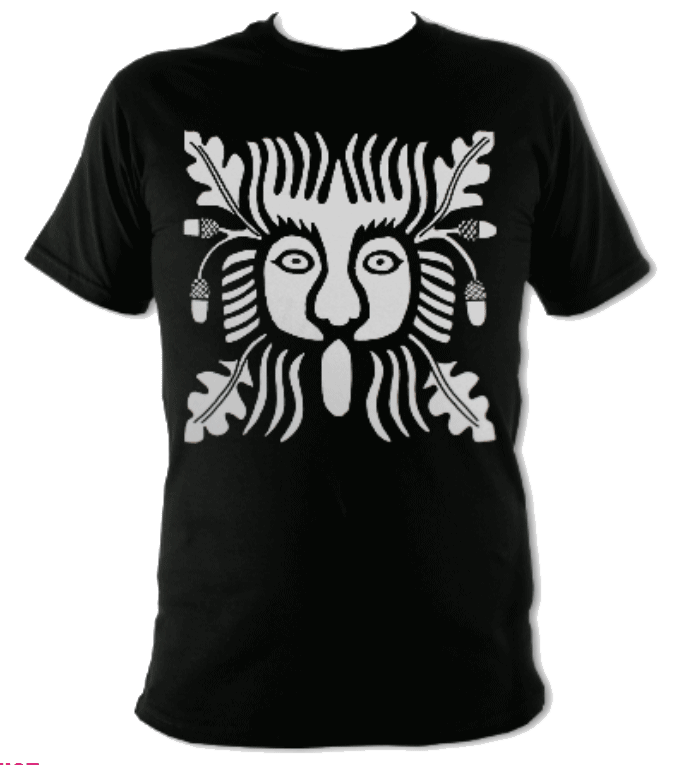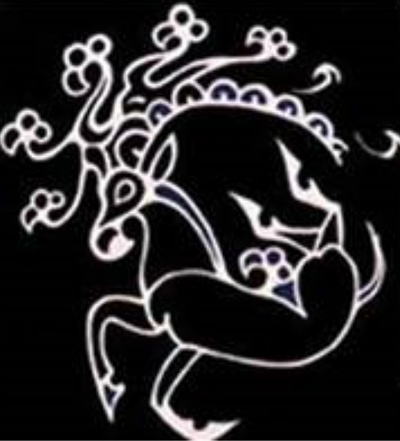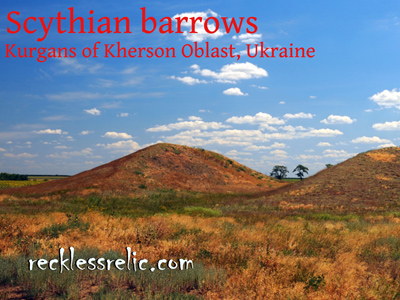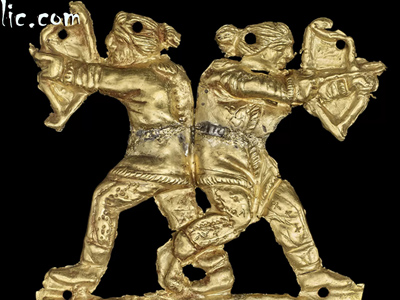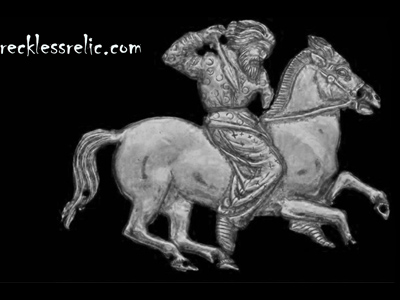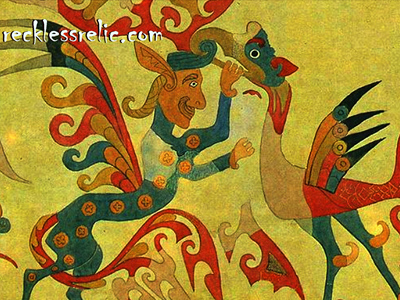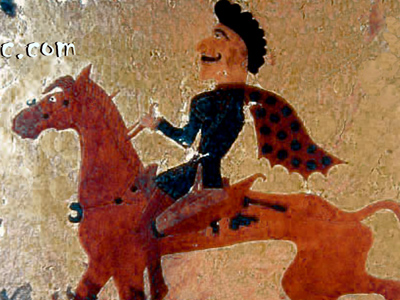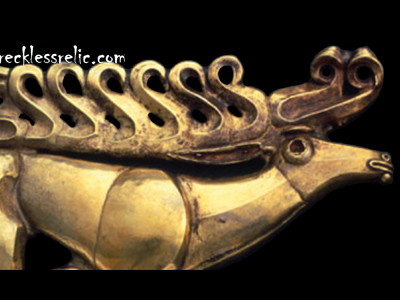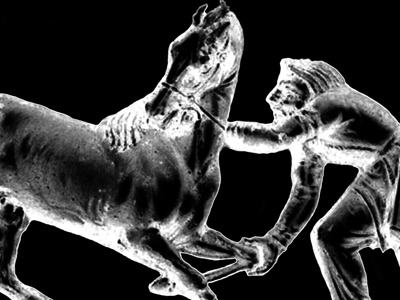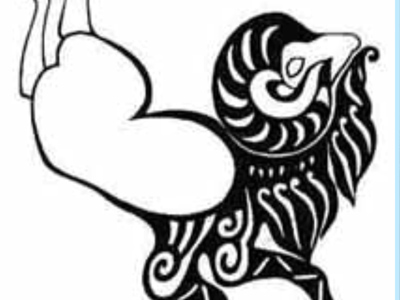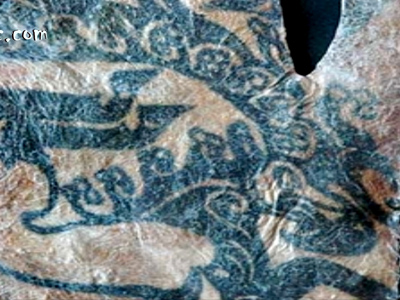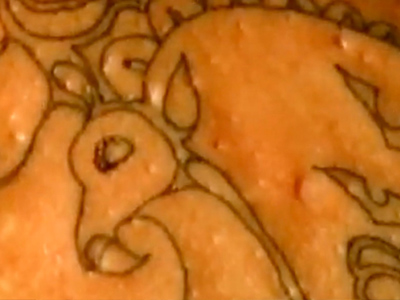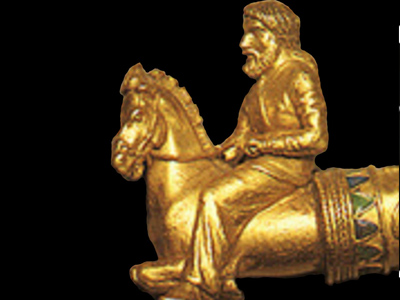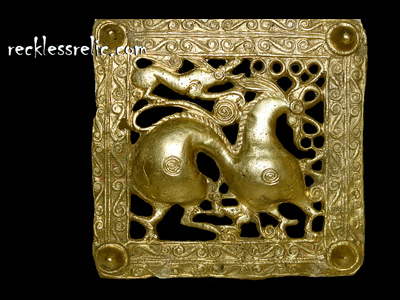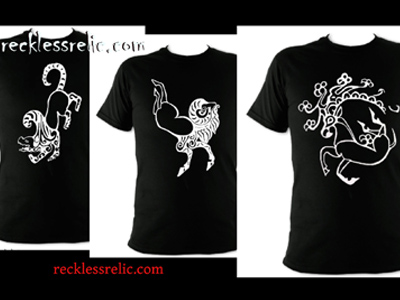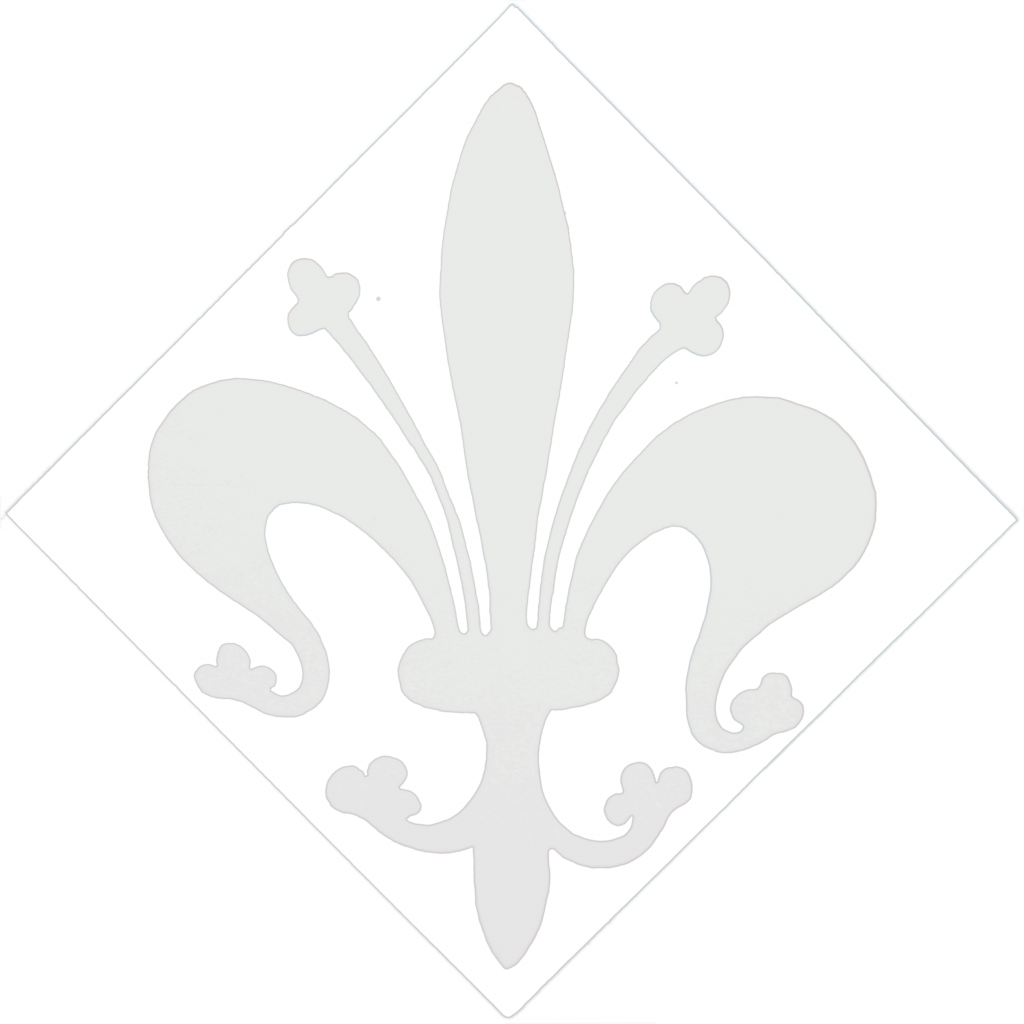
The design, essentially a stylized flower, dates back as far as Mesopotamia. It is was a decorative element and became associated with royalty, especially in the High Middle Ages.
As a heraldic charge, it dates from the 12th c, being first adopted by the French king Philippe II (1180-1214) – although his father Louis VII (1137-80) may also have used it. The arms “azure, a semis of fleur-de-lis or” are associated with French kings from 1200.
As an emblem, the fleur-de-lys, appears on coins and seals from the 10th c. at least. It can be found forming the end of a sceptre, or decorating the rim of a crown, or may be held by the king with a scepter. Thus, by the 11th-12th c. there is a strong association with royal sovereignty. (Coins of the Emperor Frederic I show him holding such a sceptre).
There is disagreement as to whether the design derives from the lily, iris, broom, lotus or the furze. Alternatively the shape may also represent a trident, arrowhead, double axe, or even a dove.
Michel Pastoureau: Traité d’Héraldique, Paris, 1979 wrote that the fleur de lis is ‘common to all eras and all civilisations…an essentially graphic theme found on Mesopotamian cylinders, Egyptian bas-reliefs, Mycenean potteries, Sassanid textiles, Gaulish coins, Mameluk coins, Indonesian clothes, Japanese emblems and Dogon totems.’
The oldest known examples of fleur-de-lis similar to those used in the Medieval Western world and in modern times, exist on Assyrian bas-reliefs from the 3d millennium BC. Later ones, from Crete, India and Egypt probably share the royal symbolism. The fleur-de-lis appears on a few Greek coins and several Roman coins – from the Republic or the Empire, and on Gaulish coins (1st c. AD), a Mameluk coin (1390) and a coin of Louis VI of France (1110-30). On the Greek and Roman coins the fleuron varies in shape, but the Celtic fleur-de-lis reappears in the 13th century.
While retaining its association with royalty, in the high Middle Ages the fleur-de-lis acquired a strong Christian meaning, stemming from (among others) the famous verse of the Song of Solomon (2:1): “ego flos campi et lilium convallium” (quoted by Saint Jerome to Saint Bernard). Up until the end of the 12th c. Christ may have been represented amidst more or less stylised lilies or ‘fleurons’. With the development of the Cult of Mary, (relating to the Song of Solomon (2:2): “sicut lilium inter spinas, sic amica mea inter filias”) the lily became the symbol of purity, virginity and chastity. The lily becomes a favourite icon attributed to the Virgin Mary and remained so until the 16th c.
The fleur-de-lis adopted as heraldic emblem by the Kings of France was explained from the middle of the 14th c in several works (apparently to legitimize claims on the throne). The king of France bore “arms of three fleur-de-lis as sign of the blessed Trinity, sent by God through His angel to Clovis, first Christian king…” God told Clovis to erase the three crescents he bore on his arms and replace them with the fleur-de-lis. (When this legend reappears at the end of the 15th c, the pagan symbols needing to be replaced were toads!) Clovis I, was king of the Franks and ruled Gaul from 481 to 511.
Scevole de Sainte-Marthe asserts that the fleur-de-lys appeared on the shield only under Philippe Auguste (1180-1223) or Louis VIII (1223-26). This appears true, as there are no coats of arms before 1130-1140, and the king of France was not the first to adopt a coat.
The Fleur-de-lys is associated with Louis VIII of France on a stained glass window in Chartres of 1230; (Louis VIII did bear the coat before becoming king, on a seal of 1211). Several chroniclers contemporary of Philippe Auguste report that he used a banner with these arms, and his seal shows that as early as 1180 he used a fleur-de-lys as emblem. Before that, from 1050 at least, the seals of French kings show them sitting, holding a sceptre in their left hand and what looks like a fleur-de-lis in their right hand. The head of the sceptre is a lozenge, but often the fleurons on the crown (3 of them) look like fleur-de-lys.
Thus the kings of France adopted the fleur-de-lys as an emblem when all other European sovereigns chose animals, but they recognized that it symbolized sovereignty: already appearing for the royal Carolingian and Ottonian attributes, on the sceptre of Capetian kings since Robert (996-1031), on the reverse of Louis VI coins (early 12th c) and even on coins of Lothaire (954-986). Louis VII adopted this emblem to symbolize his royal dignity and lineage, and hisChristian piety.
A most probable explanation for the Kings of France use of the fleur de lys was merely that the names were similar. The kings named Louis signed themselves, Loi”s. Even after the name settled into its present form, the signature, ‘Loys’ was continued, up to Louis XIII (1610-43). Loys, or Louis VII received from his father the surname ‘Florus’. The coins of Louis VI and Louis VII are the earliest on which the fleur-de-lys appears. The research by M. Rey about the fleur-de-lys is worth checking for its Gaulish connection.
Medieval floor tiles were used extensively in churches, cathedrals and grand houses. Such tiling was a display of wealth, as they were expensive to make. Thus the earliest commissions were for paving royal palaces, the houses of rich laymen, and ecclesiastical and conventional buildings. Most decorated tiles date from the thirteenth century, when craft skills increased and production costs fell, before this, British-made floor tiles were fairly plain.
The tile makers were often journeymen who travelled around the country making tiles close to where they were required. It is likely that most parishes had a brick or tile kiln at some stage and some monastic buildings even had their own kilns.
How they were made
Initially the raw clay was cleaned of stones and organic matter. It was then soaked and ‘pugged’ before being weighed, then wedged into a square shape and placed into the mould to form the tile. The tile was then stamped to reproduce the pattern in relief, leaving an impression in the surface of the soft clay. Keyholes were also cut into the back at this stage to aid drying and help the tile to ‘key’ to the mortar, when finally installed.
The impressed pattern was filled with a white ‘slip’, a fluid clay mix, and left to dry. When ‘leather hard’, the excess slip was cut back, revealing the clear definitions of the pattern. The tiles were then left to completely dry out for three to four weeks. This was mainly suited for dry, warm, summer work. After drying, glaze was brushed onto the surface of the tiles which were then fired, using a wood fired kiln.
Decorated tiles were made this way until the sixteenth century when much patronage of the trade was lost with the dissolution of the monasteries. By this time also, the wealthier classes were starting to favour brighter coloured tin-glazed ceramics and tiles from Europe.
Winchester Cathedral has the largest area of 13th century inlaid tiles still in their original position in England. Fine examples of tiles can be found in the British Museum and the Ashmoleam Museum and other places around Britain.
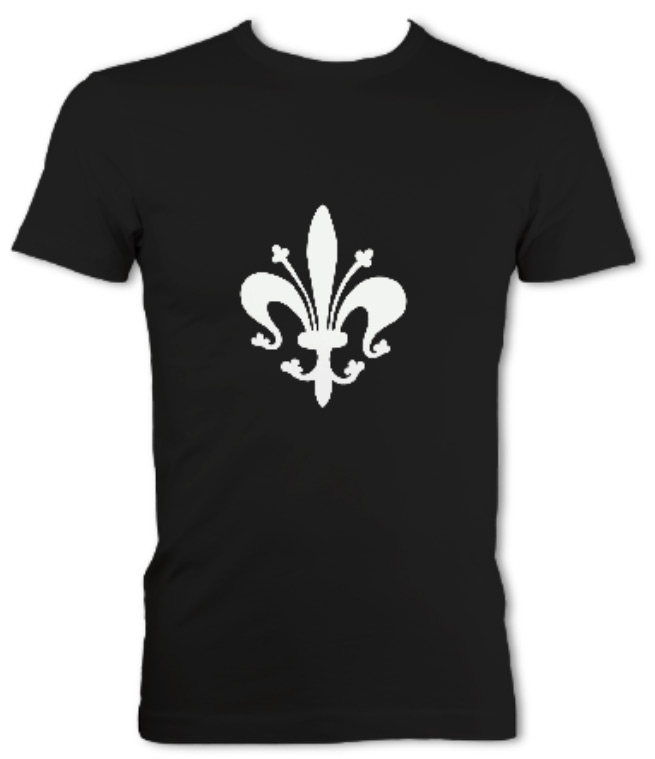
Fleur De Lis
A design based on a medieval floor tile.
The Fleur De Lis design, a stylized flower, was a decorative element which became associated with royalty, especially in the High Middle Ages. It is a very ancient image, perhaps dating back to Mesopotamia.
Durable double cotton stitched t-shirt
References and links:
